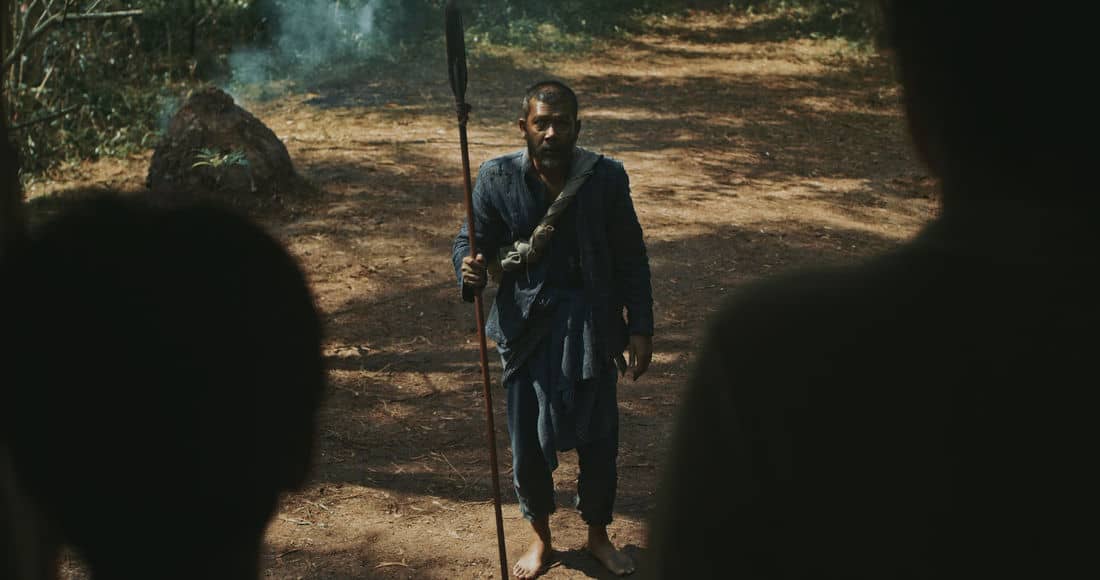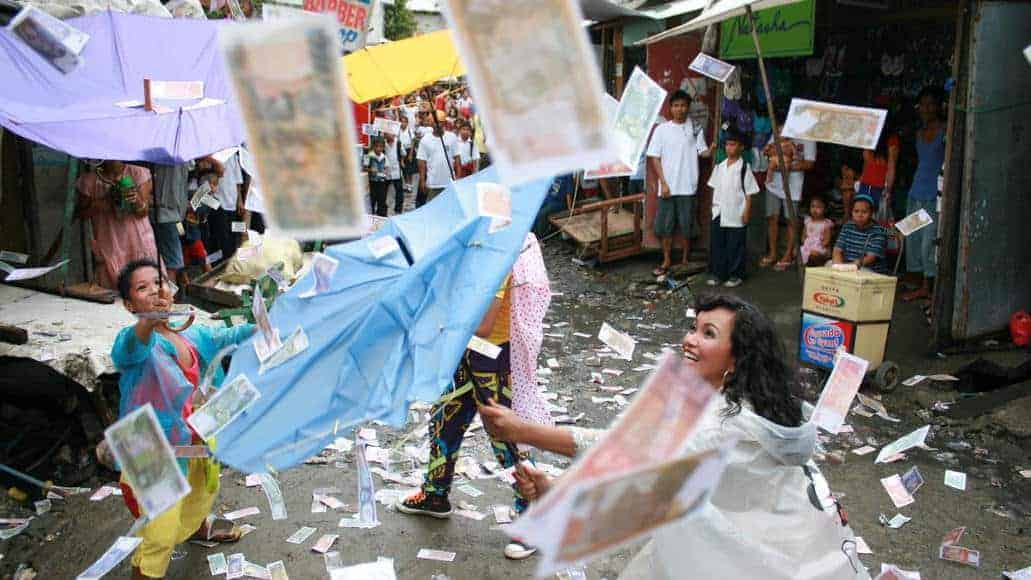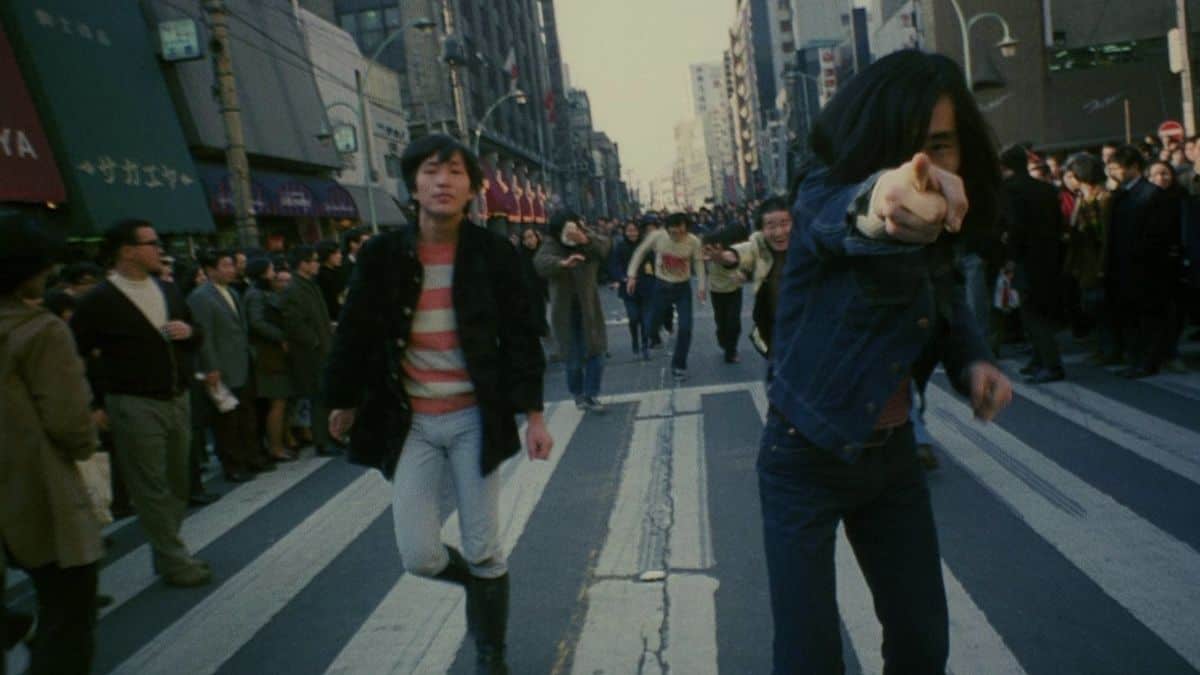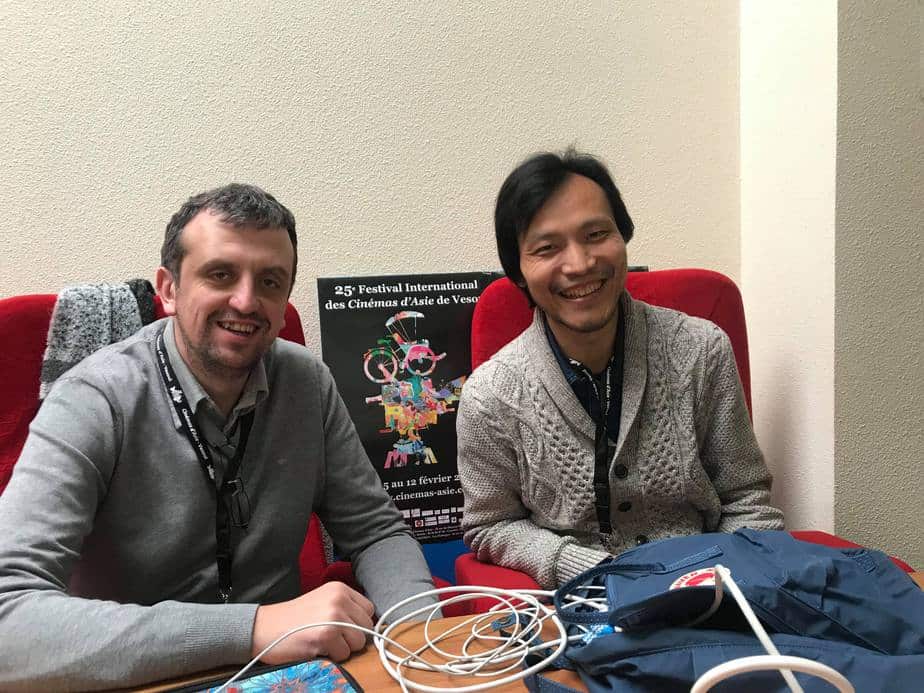“ROH” (Soul) is Emir Ezwan‘s first feature film, following the short “RM10” (2016), while his credits also include supervising the SFX for Namron's “Crossroads: One Two Jagga”.
On the occasion of “ROH” streaming on MUBI, we speak with him about his approach and his inspiration about the film, his visual approach and the location the film was shot, working with Namron, Malaysian cinema and the role of streaming services, and other topics.
Action and horror flicks are, probably, the two most popular genres in Malaysian cinema, with films like “Munafik” and its sequel being the first that come to mind. You, however, did something completely different with “ROH”. Was that one of your purposes regarding the film, to shoot a different horror movie?
“ROH” doesn't follow the Malay horror flick archetype, because I wanted to adopt a playful approach for it. I wanted to utilize Malay folktales for “ROH” as a symbolic narrative that feels more personal and relatable to Malaysian viewers. I think I've succeeded in my attempts to still make “ROH” as grounded as possible in terms of exploring the Malay folkloric world with its old beliefs and religious doubt.
What was the inspiration behind the movie and can you give us some details about the legends and myths that are mentioned in the film?
The specter huntsman legend dates back to ancient Perak where it tells the cursed tale of a man condemned to hunt the forest, while the fable of Iblis/Devil is a significant story that we are already familiar with. For “ROH”, I was inspired to explore the devil as a figure of speculation towards men through ambiguous identifications; for instance Iblis is created from fire while men from soil. Also, the tale of the spectre huntsman's inevitable and inherited fate, cursed to roam the forest, is somewhat parallel with the downfall of Iblis/Devil, cursed and bound to this earth to lead men astray.
At some points, I felt that there was some kind of allegory in the story, but I am not sure about its meaning. Can you elaborate?
“ROH” is intended to be a debatable film. Its meaning is independent from how each viewer sees and feels after watching it. There really is no definitive meaning. I think the simplest elaboration I could give for “ROH” is that no good deed goes unpunished.
The narrative implements a sort of disorientation for the viewer. Why did you choose this approach?
Apart from paying homage to Malay folklore and myths, I wanted “ROH” to be a realistic yet unforgiving film. Our perception of reality is an incurable affliction and we always try to make sense of things riddled with contradictions; good and evil, hope and despair. I purposely wanted to pull the viewers to surpass that periodic meaning in “ROH”'s narrative; and that is to surrender yourself to the unknown.
Can you give us some details about your cooperation with Saifuddin Musa for the cinematography of the film? In general, what was your goal on the visual aspect of the film?
We storyboarded the script beforehand to get some ideas on what kind of shots we needed and how the story would flow visually with every measured scene. We also talked on the behaviour of the camera, from how we wanted it to move to how it would react to a specific situation or scene in “ROH”. Time was not a luxury on our part, so we didn't have time for any rehearsals either. To sum it up, I wanted a calm yet dreary feeling when watching “ROH”; folklorish and dreamlike.
Can you give us some details about the location the film was shot?
“ROH” was fully shot in Dengkil, Selangor. We choose a gated swamp called Paya Indah Wetlands as the main feature setting for it. Apart from being logistically workable for us, I also wanted the forest to have its own significant character; an unbearable feel of dreariness that mimics and translates “ROH” as a whole.

Namron gives a gives a great performance in the movie. How was your cooperation with him?
Initially, I made a backstory for each character in “ROH”. I also included some character references from other films for them as guidelines on how I envisioned “ROH”'s characters would be. I am not sure how much each of the actors went through and researched based on what was given but I was also open to other interpretations of the story from each of the actors. A lot of freedom was given to the cast to interpret each of “ROH”'s characters. Not only Namron, but I think everyone were hardworking on set. So again, a large part of “ROH” really lies in the actors' chemistry working with each other.
In general, how was the casting process for the film?
Shizreen (the producer) and I have discussed our restricted options during the initial process. Due to our limited resources and time during pre-production of “ROH”, we decided it's best not to do any casting. Instead, we narrowed and focused on specific actors that we wanted for the film. We were fortunate enough to get all of them, and their schedules during the time worked out great with our proposed timeline.
What is your opinion about Malaysian cinema at the moment? Do you feel that streaming services like MUBI help significantly?
It is almost impossible for us to ignore that it is a dreadful time for Malaysian cinema right now. I am a firm believer of big theater experience and I can't help but feel it is unfortunate for us to be deprived from the moviegoing-theater-experience part. But in-home entertainment streaming services such as MUBI, do help recover from the cinematic content perspective, as I feel people are consuming more films at home than before. I think the film industry will still survive despite facing financial casualties.
Are you working on anything new?
I'm currently exploring some ideas on other feature films as well. Also looking at other mediums to experiment with, such as animated shorts and graphic novels.
















